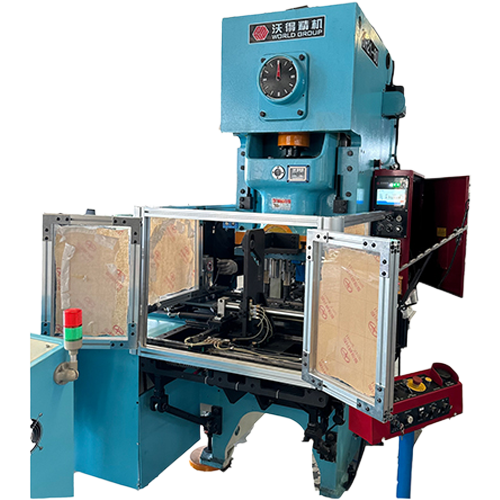What is the function of hydraulic tensioner in industrial machinery?
Hydraulic tensioners are often overlooked in the complex world of industrial machinery, but their role is crucial. They silently guard the machine's tension and are responsible for controlling the tightness of belts, chains, and various mechanical components inside the machine. Let's delve deeper into the complexity of its functionality and its key role in industrial environments:
1. Precision of tension control:
Hydraulic tensioners are precise and stable control tension in industrial machinery. Its responsibility is to ensure that belts, chains and other components operate within the specified tension range. This precision is the key to the efficient operation and long-lasting durability of the machine. Too much or too little tension can lead to premature wear and performance degradation of components.
2. Vibration suppression and machine noise reduction:
Hydraulic tensioners are the heroes behind the scenes when it comes to achieving smoother, quieter industrial operations. By maintaining proper tension, they are able to reduce vibration and reduce noise, significantly improving the working environment. The reduction of vibration will also reduce the degree of wear of the machine and ultimately extend the service life of the machine.
3. Prevent slipping:
In systems using belts and chains, preventing skidding is crucial. Slip can lead to reduced efficiency, disrupt power transmission, and can also cause damage to components. Hydraulic tensioners are able to keep these components taut, ensuring stable and undisturbed power transmission.
4. Extend the life of components:
The service life of straps, chains, and other components subject to tension is closely related to the work of the hydraulic tensioner. Their fine management of tension reduces wear and fatigue, giving these parts a longer and healthier lifespan, which in turn helps maintain continuous performance.
5. Adapt to changing loads:
Industrial machinery often encounters load fluctuations during operation. Hydraulic tensioners, on the other hand, cope with these changes with their ability to dynamically adjust tension, thus ensuring smooth operation of the machine, even in changing conditions.
6. Time Belt Guardian:
In systems that rely on synchronization belts, such as those that power engines and precision manufacturing equipment, maintaining precise synchronization is crucial. The hydraulic tensioner takes on this responsibility, maintaining tension on the synchronizer belt and ensuring that all components operate in unison. This synchronization is fundamental to accurate and efficient operation.
7. Improved safety standards:
Unstable tension in belts or chains can pose a safety hazard in industrial environments. Hydraulic tensioners eliminate these risks because they ensure that components remain in a stable tensioned state, thereby reducing the possibility of accidents or the risk of sudden system failure.
8. Reduce downtime and maintenance costs:
The reliable tension control provided by hydraulic tensioners can reduce downtime and achieve cost-effective maintenance. Proper tension setting can reduce the occurrence of faults and reduce the need for frequent adjustments and repairs, thereby ensuring smooth operation of industrial production.
9. Variability and adaptability:
Hydraulic tensioners are available in a variety of configurations for a wide variety of industrial applications. Its flexibility and compatibility make it a “tool” in the field of tension maintenance, able to be incorporated into a wide range of mechanical equipment.
In conclusion, hydraulic tensioners are the heroes behind the scenes that underpin the efficiency and safety of industrial machinery. Their responsibilities include precise tension control, reducing vibration and noise, preventing skidding, extending component life, adapting to load changes, maintaining synchronized belts, improving safety, and reducing downtime and maintenance costs. With their compatibility and adaptability, hydraulic tensioners have become indispensable guardians of tension management in industrial equipment and systems.

Recommended Products


 EN
EN
 中文简体
中文简体 English
English













